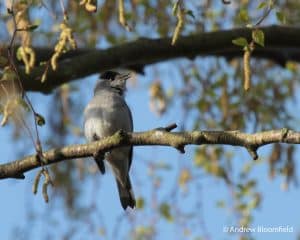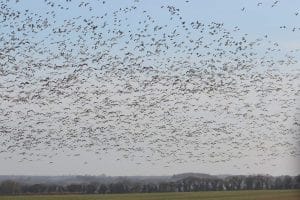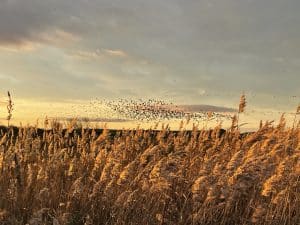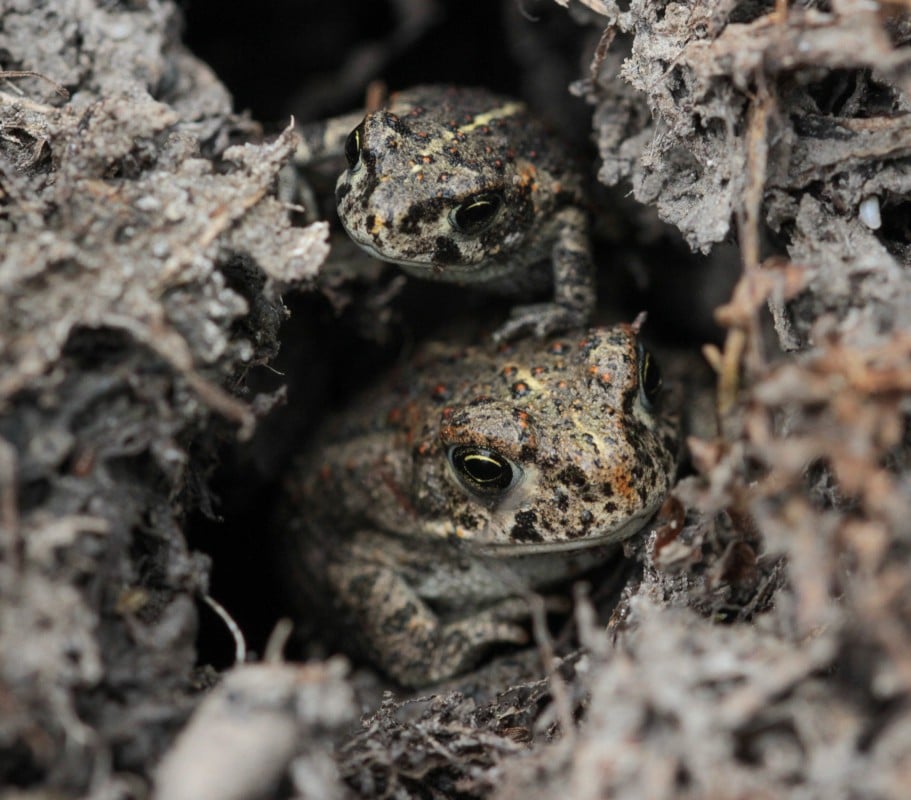
Natterjack Toads at Holkham
December 14, 2018 | WONDER | 4 minute read
In Britain, Natterjack Toads are confined to coastal sand dune systems, coastal grazing marshes and sandy heaths where shallow warm pools are found. These shallow pools are a vital part of the toads’ habitat as they need the warm water for successful breeding.
The key Natterjack Toad populations are found in in the north-west England on the Merseyside and Cumbrian coasts along the with several sites in southern Scotland. Natterjack Toads were once much more widespread on the sandy heaths of southern England but sadly these populations have all but disappeared. Small colonies still hang on along the coast of East Anglia including the one at Holkham National Nature Reserve.
Natterjack Toads at Holkham
We are incredibly lucky to have Natterjack Toads on the Holkham National Nature Reserve but they do bring a great responsibility to maintain their fragile habitat and population.
Late autumn/early winter is the time that we carry out the essential management work around their favoured dune pools to provide the ideal conditions for them in the spring. It is important to carry out the work at this time of year as the toads are dormant during the winter months and the pools are generally dry.
The most important work is to control the vegetation in and around the pools. We strim the areas around the pools to make is easier for the adult toads to move around during the spawning period and remove all of the vegetation from within the pools. Clearing the pools makes them less suitable for predatory species such as dragonfly nymphs that will eat the tadpoles.
2018 has been a good breeding season for the toads. During the spring and summer, we check the pools on a weekly basis and count the number of spawn strings, tadpoles and toadlets enabling us to monitor the population and see how effective our winter management has been. Although there are annual fluctuations, the long-term trend is of a fairly stable population.
Surveying Natterjack Toads is straightforward once you ‘get your eye in’. The survey season normally starts in early April but this does vary depending on the weather.
Mating and spawning generally take place on warm wet nights although you can occasionally find pairs together in the pools during the day. The spawn is laid in long single ‘strings’ (double strings are laid by Common Toads), very different to the jelly-like masses of frogspawn. Given the right conditions (warm water), the spawn can develop very quickly and soon hatch out into tadpoles. Although looking identical to other tadpoles, the Natterjack tadpoles can be identified by their pale throats but seeing this feature, as well as counting them, can be a challenge as they love to hide under vegetation!! Warm sunny days are best when they are at their most active.
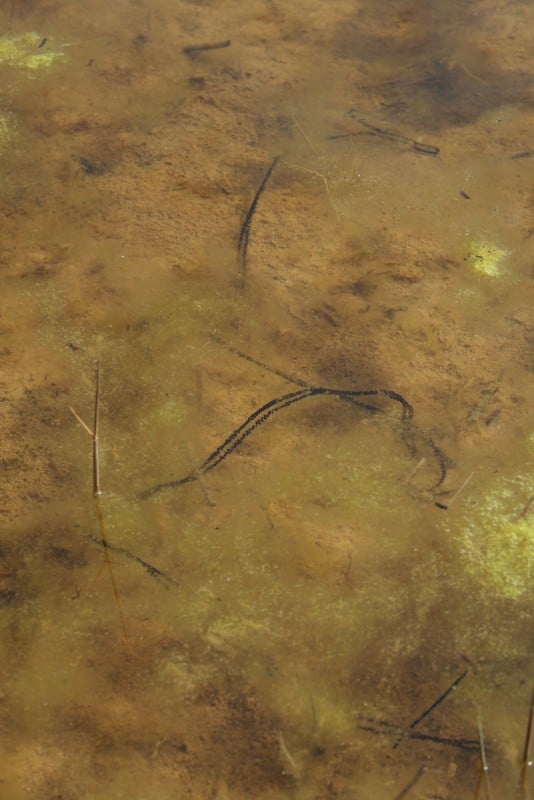
Natterjack Toad spawn strings
By mid-June, toadlets begin to appear around the edges of the pools spending much of their time in the warm shallows hiding under vegetation to escape from predation. Even at this early age, they are only the size of a fingernail, they already have the characteristic yellow stripe running down their backs.
As autumn approaches, the toadlets leave the ponds and search for places to spend the winter. Like the adults, they are looking for holes in the dunes where they can escape the winter weather with rabbit burrows being a particular favourite.

Natterjack Toads
View all latest blog posts here.
Back to Journal Back to Journal